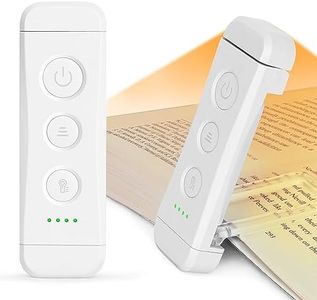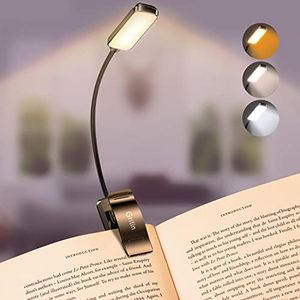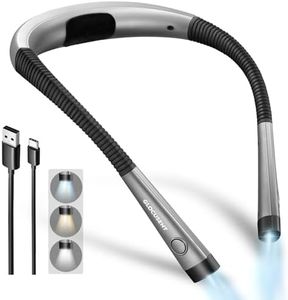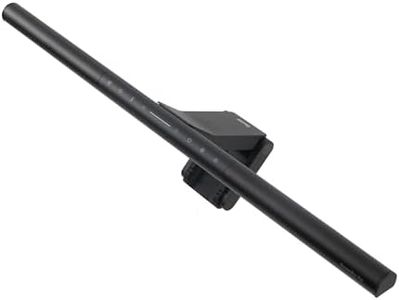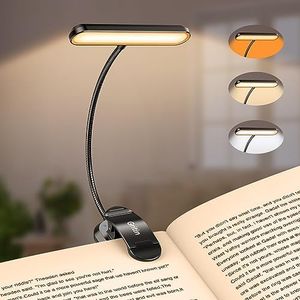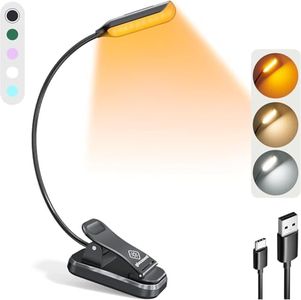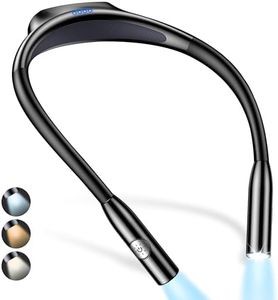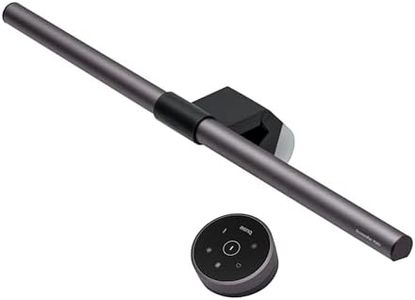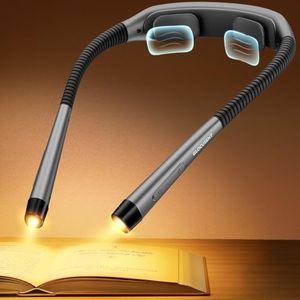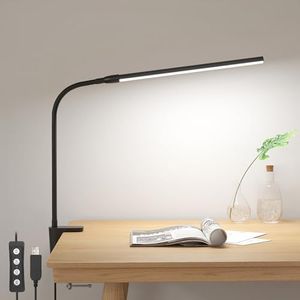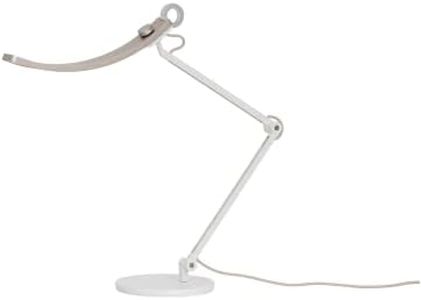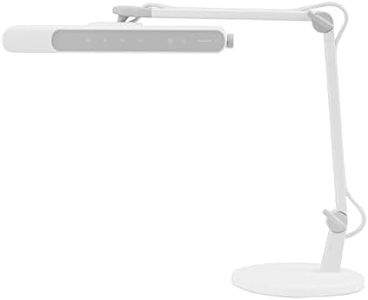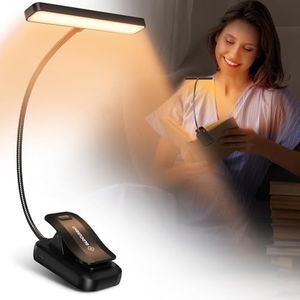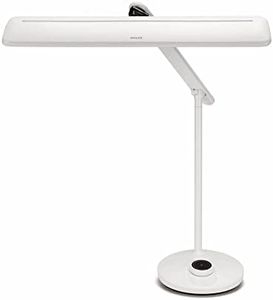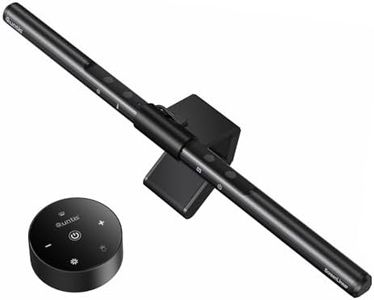We Use CookiesWe use cookies to enhance the security, performance,
functionality and for analytical and promotional activities. By continuing to browse this site you
are agreeing to our privacy policy
10 Best Reading Lights
From leading brands and best sellers available on the web.Buying Guide for the Best Reading Lights
When choosing a reading light, your main goal is to ensure comfortable, strain-free reading while matching the light to your preferred reading spot, habits, and space. Consider where and how you read – in bed, on a chair, while traveling, or at a desk – as this will help you decide on the right type and features. Selecting the best reading light means understanding what makes a light effective and pleasant for your eyes, which comes down to a few key characteristics.Brightness (Lumens)Brightness is measured in lumens and determines how much light the reading lamp produces. A brighter light makes it easier to read without straining your eyes, but too much brightness can be harsh, especially in dark rooms. Reading lights typically range from soft, dim glows (around 20-40 lumens) to much brighter settings (100 lumens or more). For bedtime reading, lower lumens are more relaxing and reduce disturbance, while higher lumens are better if you read in well-lit environments or need more clarity. Consider your usual reading conditions and whether you need something soft or a stronger beam — some lights offer adjustable brightness levels, giving you flexibility for different times and moods.
Color TemperatureColor temperature describes the tone of the light, from warm (yellowish) to cool (bluish), and is measured in Kelvins (K). Warm light (about 2700K-3000K) feels softer and more relaxing, which is perfect for night reading and calming before sleep. Neutral white (3500K-4500K) is balanced, mimicking daylight and suitable for focus and clarity during daytime or task reading. Cool white (5000K-6500K) appears brightest and is useful when you need high contrast or to stay alert, but some people find it too harsh for winding down. Choose a color temperature based on when and where you read—as a rule of thumb, warm tones are better for bedtime, and cool tones for daytime or technical reading.
Power SourceReading lights can be powered by replaceable batteries, rechargeable batteries (USB), or plugged into a wall outlet. Battery-powered models offer full portability, good for travel or moving between reading spots, but require charging or battery changes. Plug-in styles provide a steady power supply and are ideal for dedicated reading corners or bedside tables. Rechargeable lights are versatile and eco-friendly, combining convenience with portability but need to be recharged periodically. Think about how consistent your reading spot is: if you read in one place, plug-in is simple. If you read in multiple spots or travel, look for rechargeable or replaceable battery options.
Light Direction and AdjustabilityThe ability to direct and adjust your reading light is crucial for comfort. Flexible necks, adjustable arms, or rotating heads let you position the light exactly where you need it, minimizing shadows and glare. Some lights offer a focused beam for reading only your page, while others have broader lighting for lighting up surrounding areas. If you share your space or want to avoid bothering others, a focused and adjustable light is best. Choose one that lets you easily aim the light and, ideally, change its angle, especially if you like to shift positions or use different reading material sizes.
Mounting Style and PortabilityReading lights come as clip-on, freestanding, wall-mounted, and wearable types. Clip-on lights attach to books or headboards for a compact, direct solution, great for traveling. Freestanding lamps provide more stability and coverage, but take up space and stay where you put them. Wall-mounted options are more permanent and tidy, while wearable lights (like those around the neck) offer hands-free mobility and are ideal for moving around or non-traditional reading settings. Your typical reading habits and space availability should guide this choice; pick clip-ons or wearable for flexibility, freestanding for a stable setup, or wall-mounted for a clutter-free dedicated spot.
